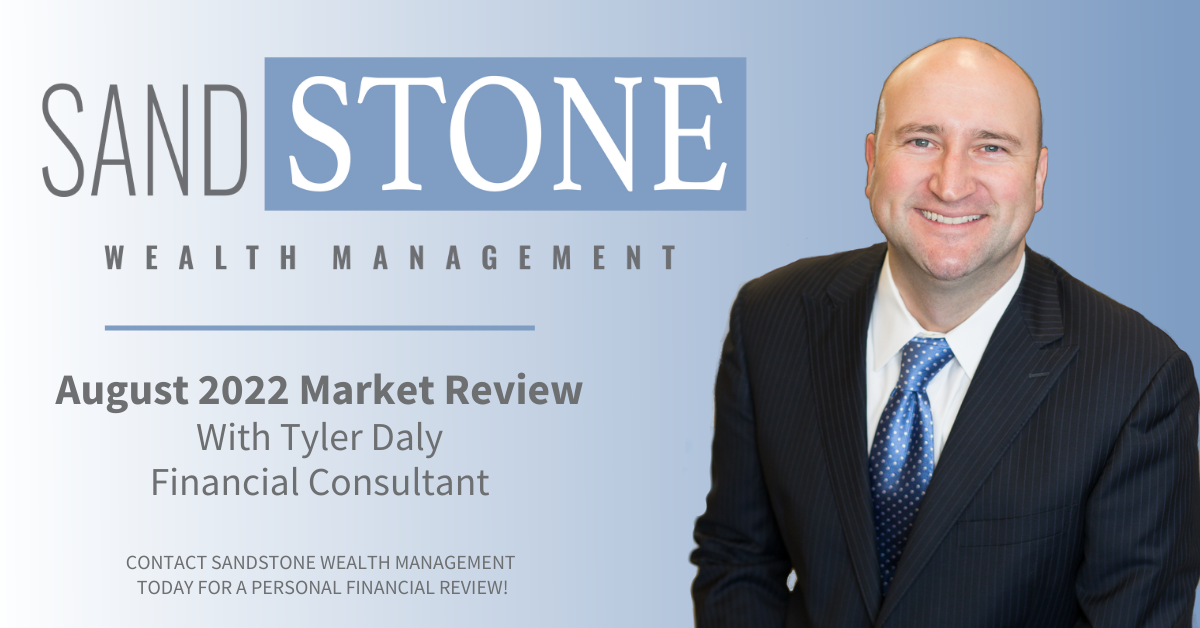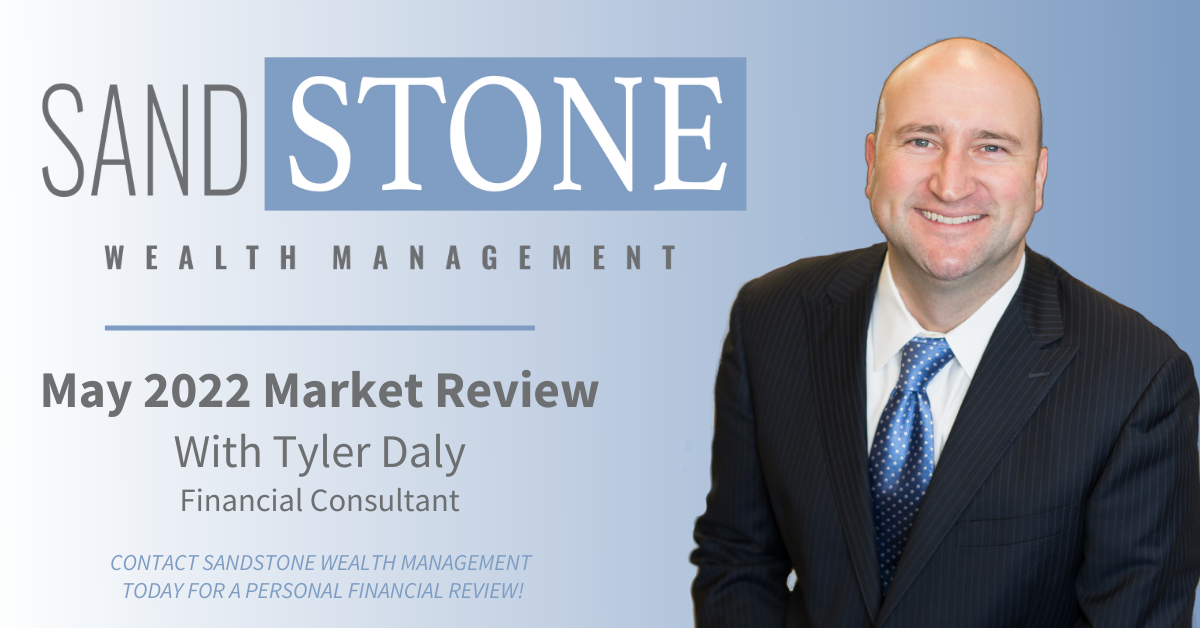
The S&P 500, Dow Jones Industrial Average and NASDAQ moved higher for the month of August, along with the Russell 2000. Technical momentum is strong, according to Raymond James Senior Equity Research Analyst Andrew Adams, and all major U.S. equity indices were at or near highs on the back of strong second-quarter earnings and good economic data.
However, investors showed signs of caution toward the end of the month, seemingly concerned about U.S. trade and foreign policy, as tariffs on $200 billion worth of Chinese goods could be imposed in early September, according to Senior Equity Portfolio Analyst Joey Madere. In addition, negotiations between U.S. and Mexico ended without a new trade deal, but will continue under deadline pressure as the Trump administration informed Congress that a deal is forthcoming. Negotiators now have 30 days to strike a deal among Canada, Mexico and the U.S. and submit the final details to Congress, explains Washington Policy Analyst Ed Mills. As a result, domestic stocks slipped slightly on the news, even as the dollar strengthened. However, the momentary slip wasn’t enough to erase gains from earlier in the month, according to Bloomberg.
“We believe … a trilateral deal will be struck before the end of [September] and that will boost general market sentiment and relieve some of the trade fears,” Mills added.
The U.S. economy was expected to be pushed and pulled by three factors in 2018: fiscal policy, monetary policy and labor market constraints. Judging by the increase in the federal budget deficits, fiscal stimulus now appears to be larger than anticipated, adding to the economy’s momentum for the last few months of the year. The pace of job growth has remained strong, beyond a long-term sustainable pace, as there appears to have been more available slack than earlier thought. Data for early third quarter are consistent with moderately strong growth in the near term, explains Raymond James Chief Economist Scott Brown.
| 12/29/17 Close | 8/31/18 Close | Change | Gain/Loss | |
|---|---|---|---|---|
| DJIA | 24,719.22 | 25,964.82 | +1,245.60 | +5.04% |
| NADSAQ | 6,903.39 | 8,109.54 | +1,206.15 | +17.47% |
| S&P 500 | 2,673.61 | 2,901.52 | +227.91 | +8.52% |
| MSCI EAFE | 2,050.79 | 1,962.05 | -88.74 | -4.33% |
| Russell 2000 | 1,535.51 | 1,740.75 | +205.24 | +13.37% |
| Bloomberg Barclays Aggregate Bond |
2,046.37 | 2,026.72 | -19.65 | -0.96% |
Performance reflects price returns as of 4:30 EDT on August 31, 2018.
Here is a look at what’s happening in the economy and capital markets, as well as key factors we are watching:
Economy
- Early data for the third quarter continued to show moderately strong growth in the overall economy, with consumer price inflation trending at the Federal Reserve’s (the Fed) 2% goal, according to Chief Economist Scott Brown.
- Consumer spending (68% of gross domestic product) appears to be trending at a 2.5% to 3.0% annual rate, following a 2.1% pace in the first half of the year.
- Fiscal stimulus (lower taxes and increased spending) has provided support for the economy in 2018, but has also added significantly to the federal budget deficit, worsening demographic strains ahead (i.e., paying for Social Security and Medicare as the baby-boom generation retires).
- The Fed is very likely to raise short-term interest rates following the September policy meeting, but officials are increasingly aware of the risks of raising rates too fast or too slow. Another rate hike in mid-December appears more likely than not, but that could change depending on the economic data.
- Increased tariffs and retaliatory measures have had a significant impact on some sectors, but little effect on the overall economy. That may change if trade conflicts escalate, Brown notes.
Equities
- S&P 500 second-quarter earnings season was very strong. The average stock traded 0.39% higher on its earnings report, with the best price reaction coming from the Telecom and Industrials sectors, noted Senior Equity Portfolio Analyst Joey Madere.
- Earnings continue to drive the market; however, there is widespread underinvestment, signaling room to move to the upside, added Chief Investment Strategist Jeff Saut.
- A strong dollar leads Saut to favor the Consumer Discretionary sector and domestic companies with little foreign sales, since a stronger dollar tends to keep inflation in check, which puts more money in the hands of consumers.
- echnology, Healthcare, Financials, Consumer Discretionary and Industrials are all hitting their highest levels in at least three months, and Energy and Materials have been acting better recently too. The recent laggards have been the more defensive and rate-sensitive areas like Staples and Utilities which indicates that investors are becoming more confident again, according to Andrew Adams.
Fixed Income
- The spread between the two- and 10-year Treasuries has shrunk from 78 basis points (bp) a year ago to the current ~20 basis points. Much is being made of a potential inverted curve. The long end of the Treasury curve remains low and may be explained by investors’ poor/bearish long-term outlook and/or foreign investors creating huge demand for U.S. investments, largely due to interest rate disparity, explains Senior Vice President, Senior Fixed Income Strategist Doug Drabik.
- Regardless of rationale or potential outcome, the effect on long-term fixed income planning should be minimal as inverted curves and/or recessions represent relatively short moments in business cycles, Drabik added.
- The yield curve (looking at the 10-year Treasury yield less federal funds rate) is not inverted (a common indicator of recession), but a flatter curve bears watching, adds Chief Economist Scott Brown.
- Increased government borrowing, somewhat higher inflation, and an improving economy would normally be associated with rising bond yields. However, long-term interest rates remain very low outside of the United States, and there has been a global flight to safety into U.S. Treasuries, Brown added.
International
- Headlines centered on high-profile troubles in emerging markets, including Turkey and Argentina, and issues arose including domestic economic challenges, the impact of a higher dollar on debt burdens and geopolitical tensions around potential application of new tariffs and trade restrictions, according to European Strategist Chris Bailey.
- High levels of volatility in the early part of the month did, however, progressively calm down as some investors viewed this volatility as more of an opportunity than a threat.
- Challenges remain and the direction of both the value of the dollar as well as trade talks with China and the rest of the world will be highly influential.
- With valuations low and sentiment depressed, investors can still find some diversification potential by maintaining or even establishing emerging market allocations in their broader portfolios.
- We saw some indications of modest progress in the Brexit talks between the United Kingdom and the European Union, although hopes for a final deal appear to have been pushed back.
Bottom Line
- We remain cautiously optimistic, and encourage clients to measure the success of their financial plans based on steady progress toward their goals, not the short-term vagaries of the markets. We believe you should continue to make decisions based on your long-term goals. A well-diversified portfolio should allow you to participate in upside potential here and abroad, as well as serve as ballast against any short-term volatility.
Please let me know if you have any questions about current market events or how to position your long-term financial plan for the months ahead. I look forward to speaking with you.
Sincerely,
Tyler Daly
Financial Advisor
Raymond James Financial Services, Inc.
*Investing involves risk, and investors may incur a profit or a loss. Past performance is not an indication of future results and there is no assurance that any of the forecasts mentioned will occur. Investors cannot invest directly in an index. The Dow Jones Industrial Average is an unmanaged index of 30 widely held stocks. The NASDAQ Composite Index is an unmanaged index of all common stocks listed on the NASDAQ National Stock Market. The S&P 500 is an unmanaged index of 500 widely held stocks. The MSCI EAFE (Europe, Australia, Far East) index is an unmanaged index that is generally considered representative of the international stock market. International investing involves additional risks such as currency fluctuations, differing financial accounting standards, and possible political and economic instability. These risks are greater in emerging markets. The performance noted does not include fees or charges, which would reduce an investor's returns.
©2018 Raymond James Financial Services, Inc., member FINRA/SIPC. Securities offered through Raymond James Financial Services, Inc., member FINRA/SIPC, and are not insured by any financial institution insurance, the FDIC/NCUA or any other government agency, are not deposits or obligations of the financial institution, are not guaranteed by the financial institution, and are subject to risks, including the possible loss of principal. Raymond James is not affiliated with the financial institution or the investment center.

Tyler has been in the financial services industry since 2004 and with Sandstone Wealth Management and Heartland Bank since 2009. He is Series 7, 66 and Insurance licensed to assist his clients with all their investing, financial planning, and insurance needs. Tyler was recently named to the Forbes List of America's Top Next-Generation Wealth Advisor, which recognizes advisors from national, regional, and independent firms. Tyler graduated from the University of Nebraska-Lincoln with a Bachelor’s Degree in Diversified Agriculture and was born and raised in the Nebraska Sandhills. This gives him an intimate knowledge and understanding of his farming and ranching clients. Tyler is married to Rachel, who earned her Doctorate of Pharmacy from the University of Nebraska. They have two children, Camilla and Cooper. Away from business, he enjoys officiating high school basketball in the winter as well as golfing and team roping in the summer.



.png)

.jpg)

.jpg)

.png)



